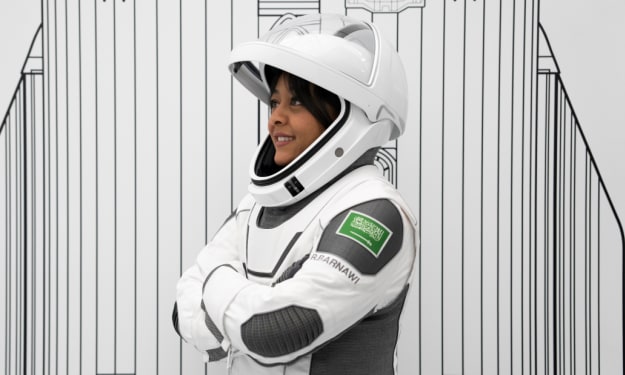When Two Wrongs Actually Do Make A Right: What Is Parrondo's Paradox?
Do you remember watching Ocean's Eleven? Warning: contains spoilers if you haven't seen it. In it, a motley crew of endearing thieves and conmen attempt to rob a Las Vegas casino, which is effectively an impregnable fortress of anti-theft devices that, we are repeatedly told throughout, almost nobody has ever managed to breach.

Almost always, things turn up wrong. Personalities clash, secrets are revealed, and there is even a genuine medical issue at one point. The casino owner is left with nothing, yet at the end of the film, we witness our heroes sauntering out of the place carrying a nice $160 million in treasure. The group managed to survive.
We must concede that the directing and storytelling of the film go a long way toward explaining such a climax. It also serves as a decent illustration of Parrondo's Paradox, a peculiar idea from the study of games in mathematics where a set of losing tactics eventually turns out to be successful.
The Parrondo's Paradox's Genesis: an impossible mechanism
Parrondo's Paradox, which was first proposed in 1996, derives from the Brownian ratchet puzzle. This little gadget can, in essence, transform heat into mechanical work without ever losing thermal energy.
What makes it possible? Theoretically, the paddle wheel, which in turn receives its energy from being pelted by randomly moving molecules inside some fluid (a phrase that, in math and physics, may apply to both gases and liquids, so we can simply suppose it's surrounded by air), rotates the ratchet, or gear.
Let's imagine you wish to use this small machine's revolutions to power some sort of procedure. The paddle and ratchet will naturally move in several directions as a result of being struck by molecules traveling at random, which is bad for producing power, so we're going to be creative about it. We'll add a pawl, which is a claw with a spring-loaded mechanism that only permits the ratchet to travel in one way.
And there you have it: a device that spins a ratchet in one direction solely using the energy generated by the haphazard movement of air molecules around it. It's a marvelous mechanism; we could, for example, connect it to a small electrical generator or use the gear to raise a small mass, and as long as the Sun keeps heating the Earth and the molecules around it keep moving randomly, the machine's motion will last forever. That last line may have given you a hint as to why the Brownian ratchet is a hypothetical device rather than an actual device: it defies all accepted theories of physics and cannot possibly exist.
In a blog post from 2010, Brian Skinner—now an associate professor of physics at the Ohio State University—said, "It's not immediately obvious that such a machine should be impossible." It definitely doesn't go against energy conservation and makes no 'zero friction' assumptions.
Feynman's ratchet cannot function as a heat engine, however, according to the laws of thermodynamics, he said. "It obviously breaks the Second Law, which states that energy may only go from high to low temperatures in order to do productive work. This gadget claims to draw its energy from the air surrounding it, which has a single temperature reservoir.
What would happen if you truly made a Brownian ratchet, given breaking the second law of thermodynamics is not an option? We may look to the great scientist Richard Feynman for the solution to that question: "When the vanes get kicked, sometimes the pawl lifts up and goes over the end," he said in his Feynman Lectures on Physics.
He said, "But sometimes, when it tries to turn the other way, the pawl has already lifted due to the fluctuations of the motions on the wheel side, and the wheel goes back the other way!" "There is no overall effect."
Finding a course in chaos
The Brownian ratchet is a failure, but what if you added another mechanism to speed up the process? This would be a one-dimensional Brownian motion, and the new ratchet configuration would switch stochastically between the two regimes. This would rely on random movement, much like the ratchet.
This is the so-called flashing Brownian ratchet, and both physicists and other scientists find it to be quite intriguing. This is due to a feature of it that at first glance seems impossible: it is a machine run by two random processes yet produces some sort of order anyway.
In a 1999 study on the subject, Gregory Harmer and Derek Abbott stated, "This is the idea for Parrondo's Paradox. The various states are compared to "losing" games, and when they have switched around, "we get a "winning" expectation."
About the Creator
Najmoos Sakib
Welcome to my writing sanctuary
I'm an article writer who enjoys telling compelling stories, sharing knowledge, and starting significant dialogues. Join me as we dig into the enormous reaches of human experience and the artistry of words.
Enjoyed the story? Support the Creator.
Subscribe for free to receive all their stories in your feed. You could also pledge your support or give them a one-off tip, letting them know you appreciate their work.






Comments
There are no comments for this story
Be the first to respond and start the conversation.